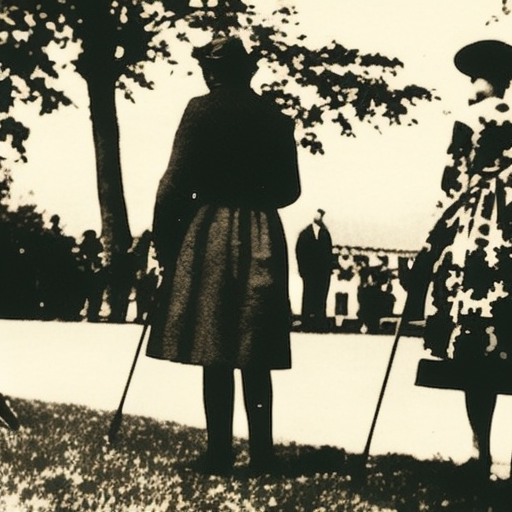The Treaty of Tordesillas (1494)
The Treaty of Tordesillas, signed on June 7, 1494, was an agreement between Spain and Portugal that aimed to divide the newly discovered lands outside of Europe between the two powers. This treaty was negotiated to resolve conflicts arising from the voyages of exploration undertaken by Christopher Columbus and other explorers.
Background:
In the late 15th century, European powers were eager to explore and claim new territories. Spain and Portugal were at the forefront of this exploration, with both countries seeking to expand their empires and find new trade routes to Asia. The Pope, as the spiritual leader of Europe, had the authority to arbitrate disputes between nations. In 1493, Pope Alexander VI issued a papal bull known as the Bull Inter Caetera, which granted Spain exclusive rights to the lands discovered by Columbus. This decision angered Portugal, which had its own ambitions for exploration.
Negotiations and Terms:
To avoid a potential conflict, Spain and Portugal agreed to negotiate a division of the newly discovered lands. The negotiations took place in the Spanish town of Tordesillas, and the resulting treaty became known as the Treaty of Tordesillas. The treaty established a line of demarcation, located 370 leagues west of the Cape Verde Islands. All lands discovered to the west of this line would belong to Spain, while those to the east would be Portuguese territory.
Implications:
The Treaty of Tordesillas had significant implications for the future of European colonization and the division of the world. Spain gained control over vast territories in the Americas, including present-day Mexico, Central America, and much of South America. Portugal, on the other hand, secured its claims to Brazil and territories in Africa and Asia.
Challenges and Adjustments:
Despite the treaty, there were challenges to its implementation. Other European powers, such as England and France, did not recognize the authority of the Pope to divide the world. They embarked on their own voyages of exploration and colonization, often disregarding the treaty’s boundaries. Over time, the Treaty of Tordesillas became less relevant as new discoveries and conflicts reshaped the global balance of power.
Legacy:
The Treaty of Tordesillas marked an important moment in the history of European colonization. It established the principle of dividing the world between European powers, setting the stage for future conflicts and rivalries. The treaty also had a lasting impact on the cultural and linguistic heritage of the Americas. Spanish became the dominant language in most of the territories claimed by Spain, while Portuguese prevailed in Brazil and other Portuguese colonies.
Conclusion:
In summary, the Treaty of Tordesillas was a diplomatic agreement between Spain and Portugal that aimed to divide the newly discovered lands outside of Europe. It established a line of demarcation, granting Spain control over territories to the west and Portugal control over territories to the east. While the treaty had significant implications for European colonization, it faced challenges and was eventually overshadowed by new discoveries and conflicts. Nevertheless, the treaty left a lasting legacy on the cultural and linguistic landscape of the Americas.












